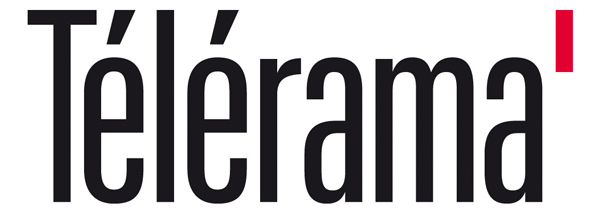Sophal Neak
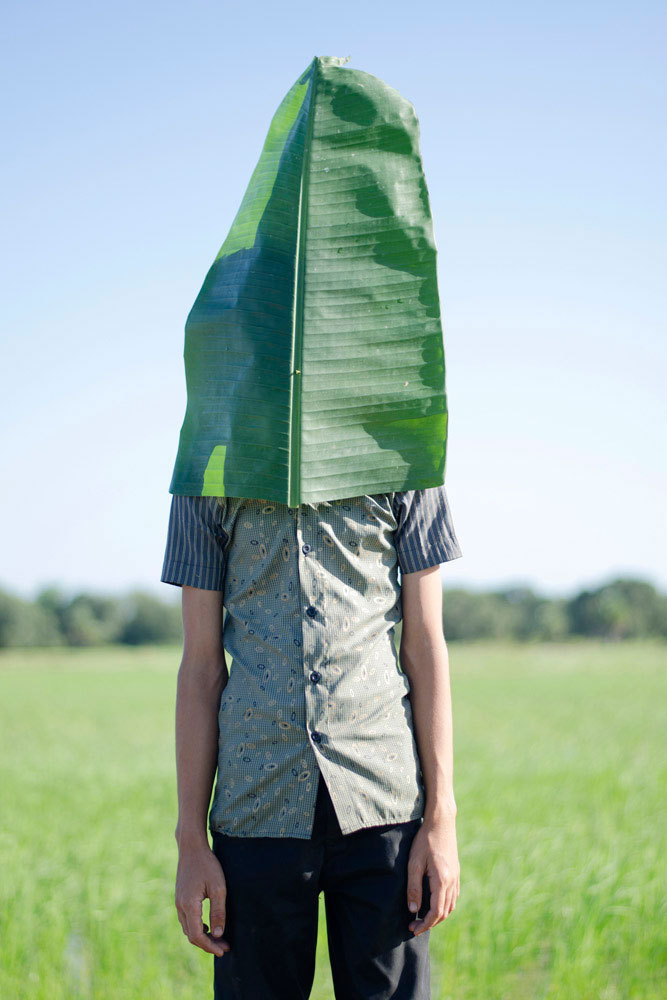
Image: 26 x 39 inches
Print: 26 x 39 inches
Image: 26 x 39 inches
Print: 26 x 39 inches INV Nbr. SN1602004 Kindly.

Image: 26 x 39 inches
Print: 26 x 39 inches
Image: 26 x 39 inches
Print: 26 x 39 inches INV Nbr. SN1602003 Kindly.
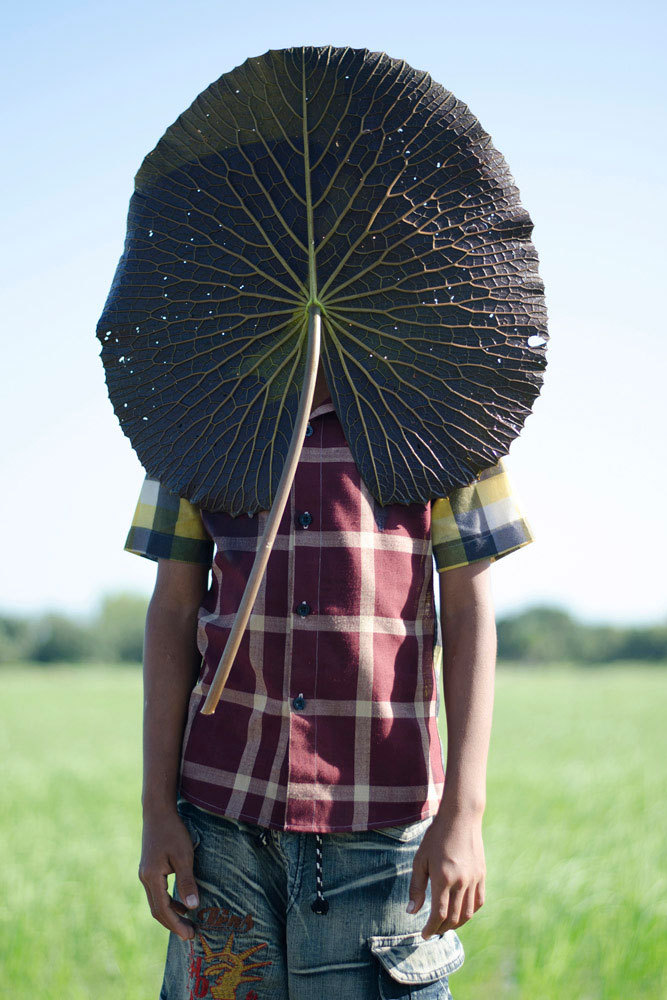
Image: 26 x 39 inches
Print: 26 x 39 inches
Image: 26 x 39 inches
Print: 26 x 39 inches INV Nbr. SN1602005 Kindly.
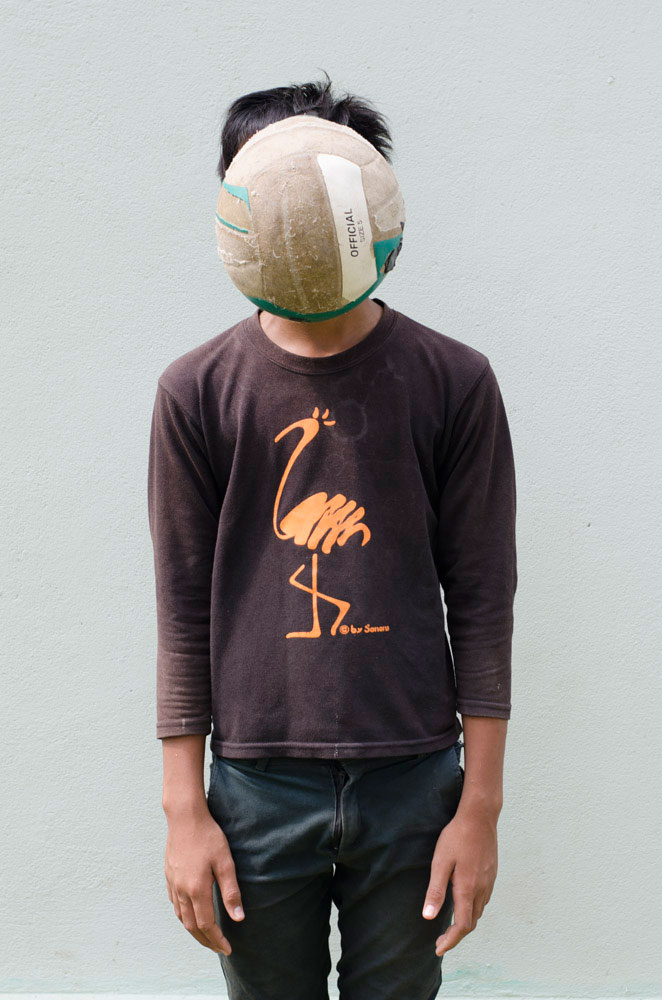
Print: 62 x 42 inches
Print: 62 x 42 inches INV Nbr. SN1601003 Kindly.
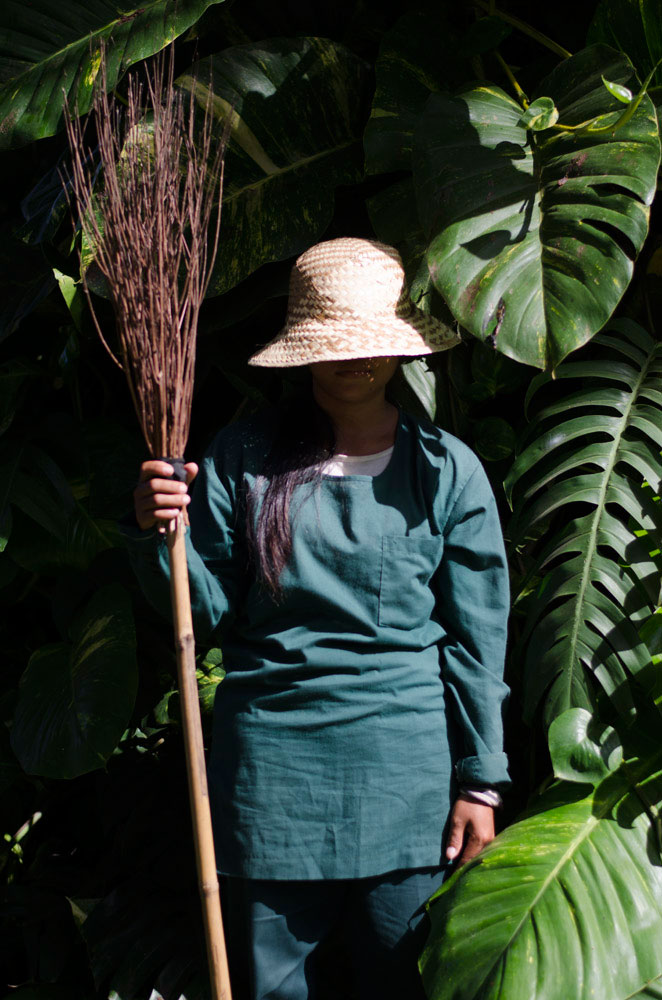
Print: 62 x 42 inches
Print: 62 x 42 inches INV Nbr. SN1601012 Kindly.
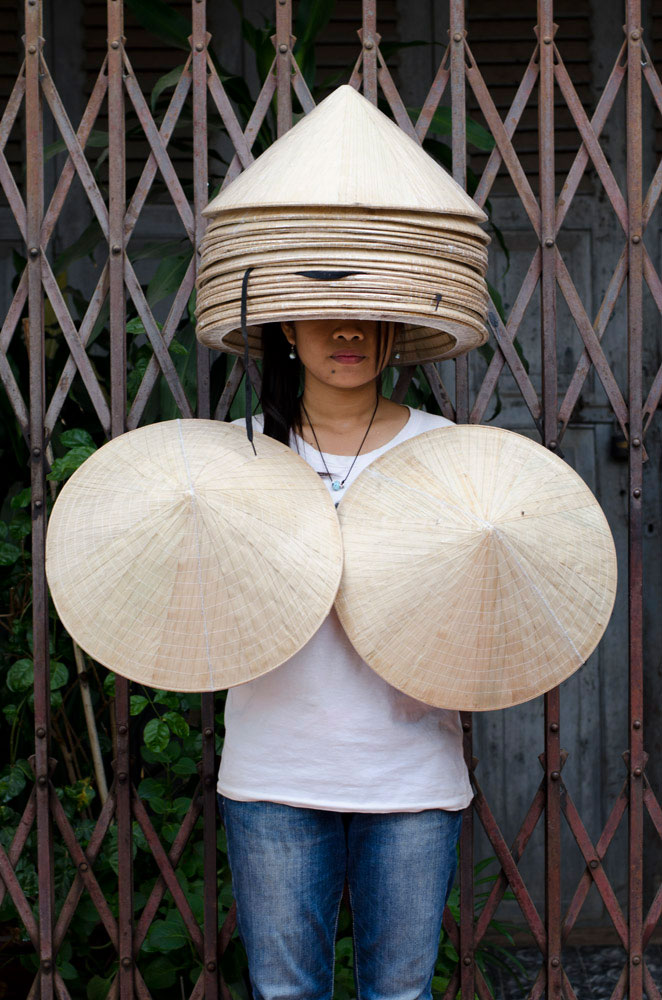
Print: 62 x 42 inches
Print: 62 x 42 inches INV Nbr. SN1601010 Kindly.
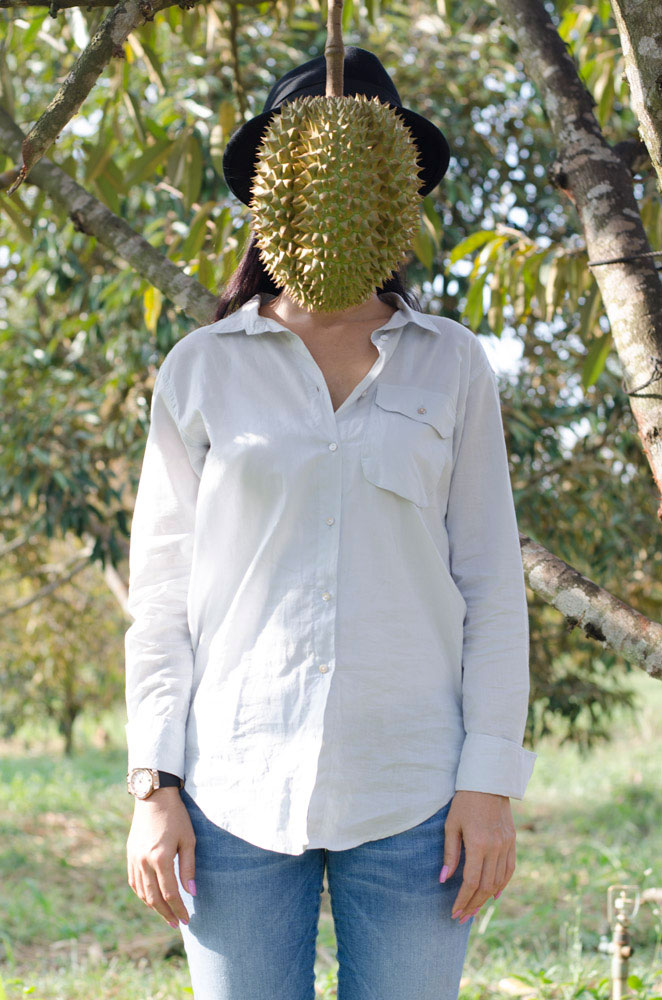
Print: 62 x 42 inches
Print: 62 x 42 inches INV Nbr. SN1601009 Kindly.
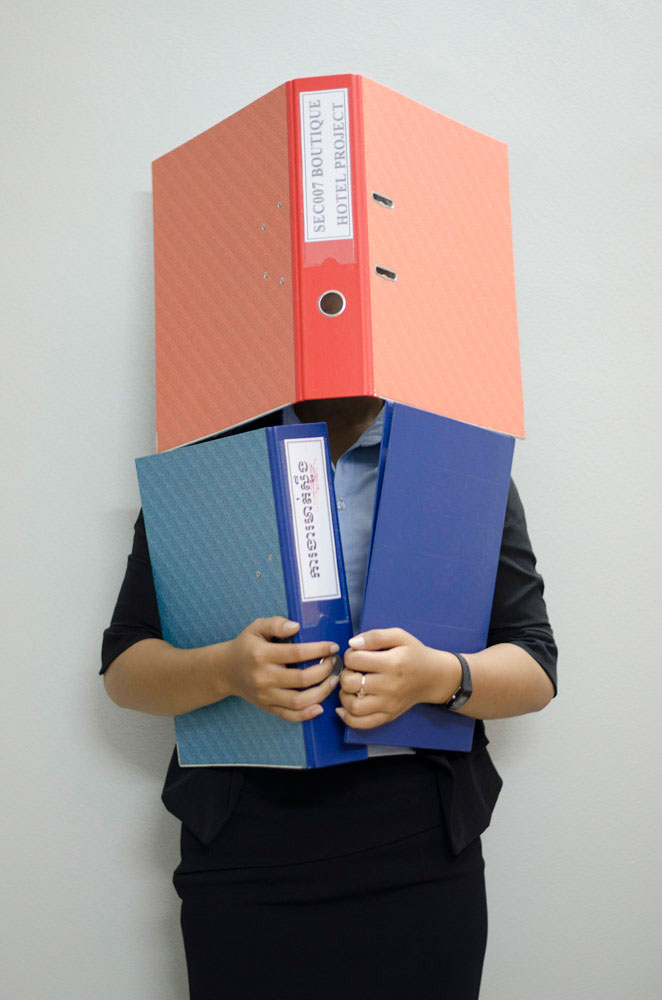
Print: 62 x 42 inches
Print: 62 x 42 inches INV Nbr. SN1601008 Kindly.
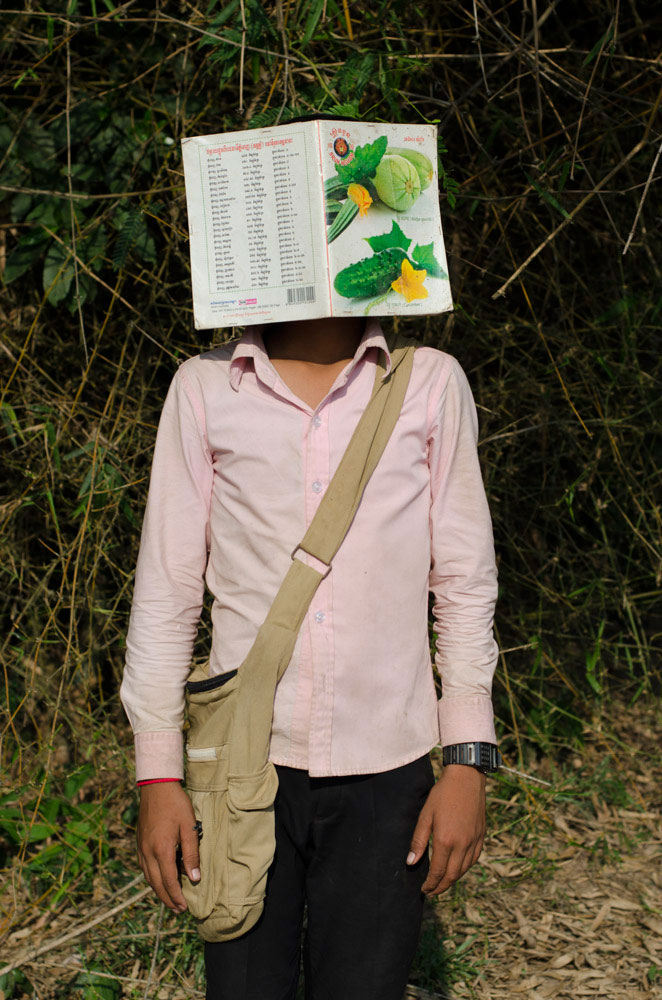
Print: 62 x 42 inches
Print: 62 x 42 inches INV Nbr. SN1601007 Kindly.
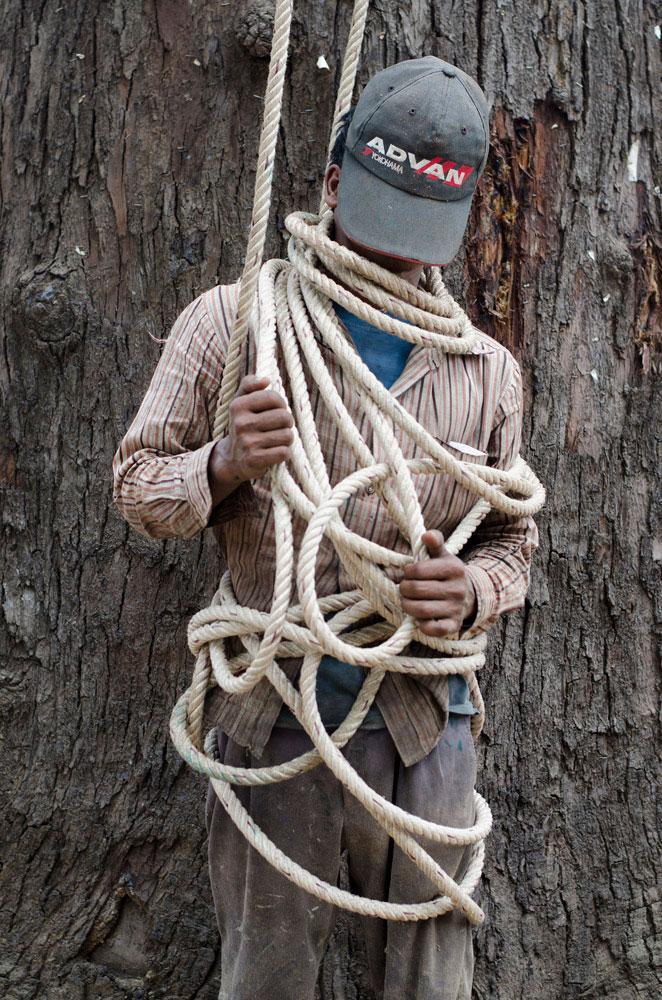
Print: 62 x 42 inches
Print: 62 x 42 inches INV Nbr. SN1601006 Kindly.

Print: 62 x 42 inches
Artist Proof
Print: 62 x 42 inches INV Nbr. SN1601005 Kindly.
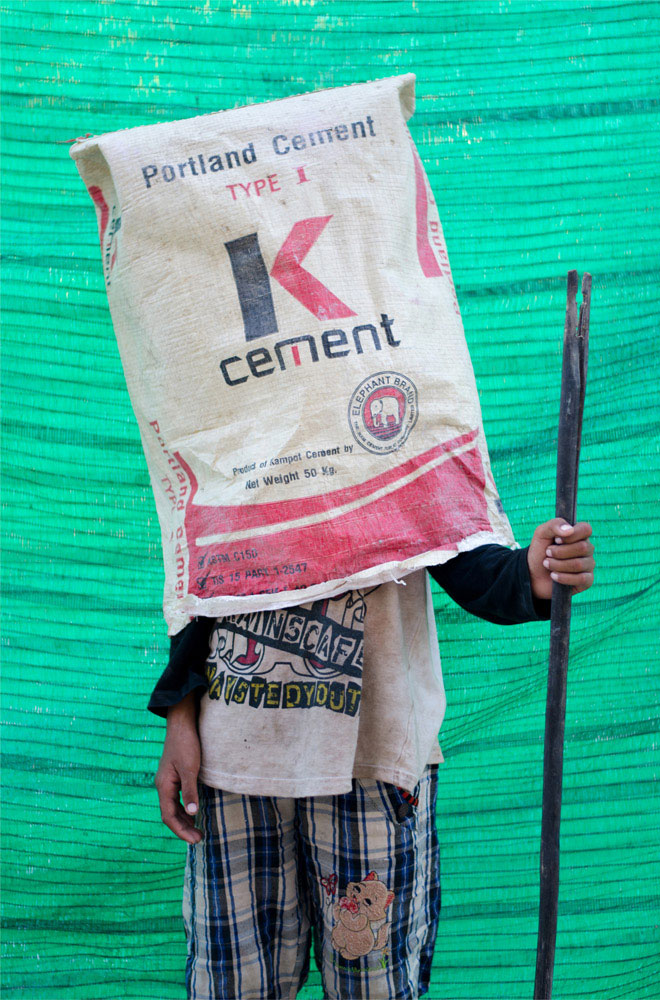
Print: 62 x 42 inches
Print: 62 x 42 inches INV Nbr. SN1601004 Kindly.
Presentation
Neak Sophal (b. 1989, Cambodia), graduated at the Royal University of Fine Arts, is considered one of the rising talents of the Cambodian art scene with a clear and determined vision. She has been actively involved in workshops and group exhibitions locally and internationally over the last four years including Photo Phnom Penh Festival (Phnom Penh, 2015) and Angkor Photo Festival (Won the first prize of the workshop, 2014).
Press
Texts
NEK NA?
NEAK SOPHAL'S BLINDING PORTRAITS
They all pose simply, women and men alike: oriented toward the camera, motionless, stock still. They are standing up, but we cannot see their feet. They have become enigmatic statues whose faces are forbidden, hidden by large green leaves or mundane objects.
Leaf is a series done in the village of Wat Po, in the province of Takeo, south of the photographer?s home town of Phnom Penh. It shows teenagers, poor countryfolk, who for the most part were unable to continue their education because the school was too far from the rice paddy that provides their work. They seem to be in harmony with nature. They are part of the green landscape, and the clear horizon starkly divides the blue sky from the shades of green that count as faces. We could see in them a homage to nature, a form of pantheism, an affirmation of the need for a living bond between man and nature. For Neak Sophal these masks taken from banana trees, sugar palms, water-lilies are first and foremost a negation. And they indicate her sense of anxiety. Since the government pays no attention to them, the country's youth, who are meant to be its future, must leave their countryside, move to the city, sometimes all the way to Thailand, sell themselves to survive and send money back to their families. They are forlorn. We no longer see them. Sonleuk - leaves in Cambodian - become the metaphorical affirmation of their situation. The young are indispensable to the country just as leaves are to a tree. They are its life, the future of life. In a country that is among the most affected by climate change, prey to large-scale deforestation, faced with the massive problems that stem from the innumerable dams on the Mekong River, Sophal's silent protests stand out for their firm position. First and foremost, she questions the burgeoning, grave inequalities between the countryside that is being abandoned and where some people are illegally appropriating land and the cities, which are growing out of control. As Sophal says, "There is no place for these young people in society; that's why I hide their faces. They can't clearly see what's at stake, and society at large now ignores them; it doesn't even see them anymore."
The scene shifts in Sophal's most recent series, Hang On. Now we are in the capital city of Phnom Penh. Construction workers, hawkers, bonzes, students, sweepers, fishermen, office workers and hotel employees... white collar workers and people doing odd jobs strike the same pose as the rural teenagers. But here, the leaves have given way to objects that simply represent each person's occupation. The question is direct and explicit: How are we identified nowadays? Merely by our job? By our social standing? The juxtapositions are telling: the woman who sells traditional headgear next to the man who sells American-style baseball caps, which actually come from China; the lady offering plastic baskets beside the one still selling wicker utensils; the rice farmer and the peddler with his Christmas wreathes; set against ever-present construction workers. Sophal highlights the city's transformation, the changes in modes of consumption, and worries about the devastating effects of globalisation. She does all this by simple, yet radical, efficient, apt, clear means. She forces us to acknowledge the confrontation through the disappearing faces, and she establishes a subtle connection to traditional scuplture, which is essential to the Cambodian culture she is revitalising.
Neak Sophal is part of the young generation of artists, the third generation that follows the survivors of the genocide, and those, born in the 1980s, in the period after Pol Pot. She does not turn away from her country's tragic history, in fact she currently works with archive footage, looking for tangible solutions that give them a meaning. But she is obliged to speak about today in order to envision tomorrow.
She is sparing in her means and scrupulous about efficiency, developing her ideas as series. Her groupings are not meant to flatter, they are deeply demanding, coming after a slow process of maturation, and as she says: "they're just meant to show the problems that I see. I think about these problems constantly, then, one day, I hit upon what seems to me the most useful way to share my concerns." In colour, head on, directly.
Christian Caujolle
Exhibitions
Paris Photo 2017
Group show
9 - 12 November 2017
Nek Na ?
March 12 - April 27 2016
PARIS PHOTO
Ernst Haas,
Homer Sykes,
Sabine Weiss
12 - 15 November 2015
News
Inspiring Destiny
November 28, 2017
Landskrona Photo Festival
8 - 17 September 2017









